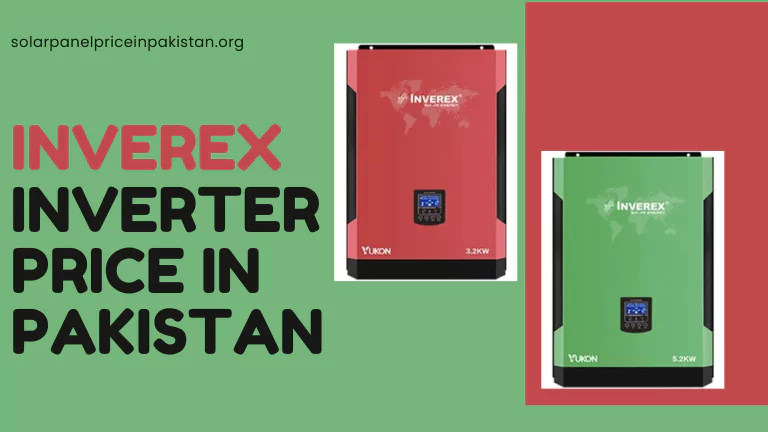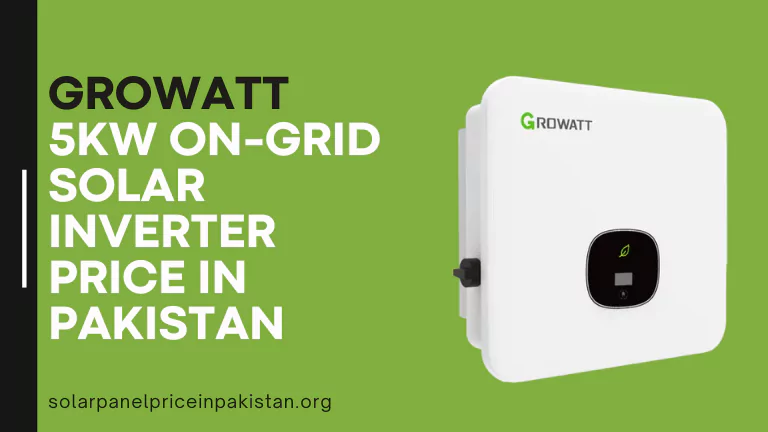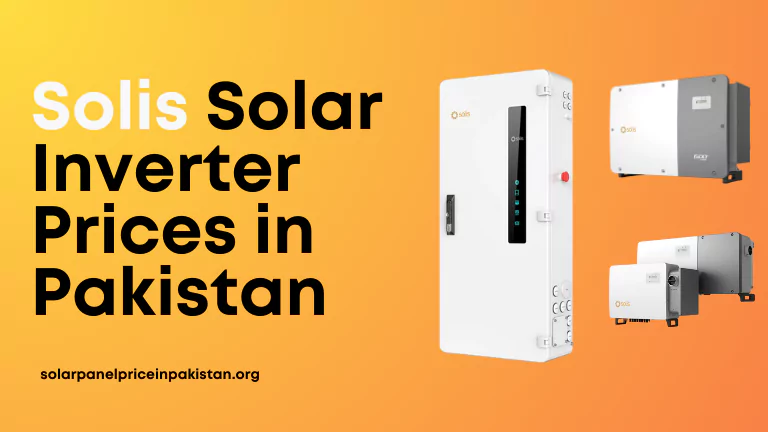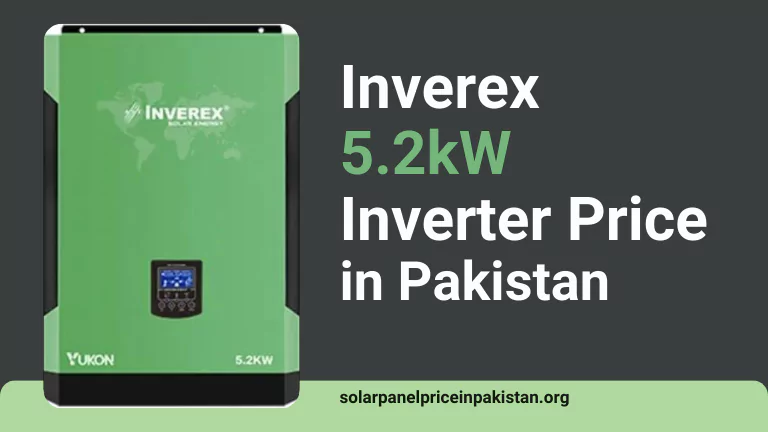What Is Solar Inverter And How Does it Work?
As the world shifts toward renewable energy, solar power has become one of the most popular options for both homes and businesses. Solar systems harness energy from the sun, offering a sustainable way to reduce electricity bills and environmental impact. But, beyond the solar panels that capture sunlight, an equally critical component of every solar power setup is the solar inverter.
This device ensures the energy generated by the panels can be used in our homes and offices. In this guide, we’ll break down what a solar inverter does, how it works, and the types available to help you choose the right one for your system.
What Exactly is a Solar Inverter?
A solar inverter is essentially the brain of a solar power system. It converts the direct current (DC) electricity generated by solar panels into alternating current (AC), which is the type of electricity used by most household appliances and electrical systems. Without a solar inverter, the energy captured by your panels would be unusable in your home.
How Do Solar Inverters Work?
The process begins when sunlight hits your solar panels, which are made of semiconductor materials like silicon. This interaction between sunlight and the semiconductor creates a flow of electricity in the form of direct current (DC). Since homes and businesses use alternating current (AC), the solar inverter steps in to convert this DC into AC, making it suitable for powering everything from your lights to your refrigerator.
The inverter typically does this by running the DC through a transformer, mimicking the process of generating AC. It also regulates the voltage, ensuring your system operates safely and efficiently. Some solar systems may store the DC in batteries for later use, and the inverter will convert it to AC when needed.
Types of Solar Inverters
When choosing an inverter for your solar system, it’s important to know the different types available. Here’s a detailed look at the various options:
1. Battery Inverters
These inverters are designed to work with solar battery storage systems. If you plan to add a battery to your system later, a battery inverter will convert the DC power stored in the battery into AC for your home’s use. It’s an excellent choice for those who want to store energy for use when the sun isn’t shining.
2. Central Inverters
Central inverters are large, high-capacity devices used primarily in commercial or utility-scale solar installations. These are not typically used for residential systems due to their size and capacity, which can handle hundreds of kilowatts or more. They manage the power output of numerous solar panels and are more suited for solar farms or large industrial applications.
3. Hybrid Inverters
A hybrid inverter is ideal for those who want a flexible system that can use both solar and battery storage. This type of inverter can handle power from both the solar panels and the battery, managing how electricity is distributed between them. Hybrid inverters can ensure a smooth energy flow even during outages by switching to battery power automatically.
4. Microinverters
Unlike traditional string inverters, microinverters are installed directly on each solar panel, converting DC to AC at the panel level. This means each panel works independently, which maximizes energy output, especially in shaded conditions. They are more expensive than string inverters but are highly efficient, making them a good option for homes with complex roofs or shading issues.
5. String Inverters
The most common type used in residential solar systems, string inverters connect multiple panels in a “string” to a single inverter. While they are cost-effective and reliable, their performance is dependent on all panels in the string. If one panel’s output drops, the entire string’s performance is affected, which is why they are best suited for roofs with minimal shading.
Key Features to Look for in a Solar Inverter
Choosing the right solar inverter involves more than just picking a type. You should also consider specific features that will enhance performance and longevity.
Conclusion
Solar inverters are the backbone of every solar power system, ensuring that the energy captured by your panels is converted into usable electricity. By understanding the different types of inverters and the key features to look for, you can make an informed decision that maximizes the efficiency and longevity of your solar setup. Whether you’re going for a simple residential system or a complex commercial installation, choosing the right inverter is critical for optimal performance.
Also Check:




